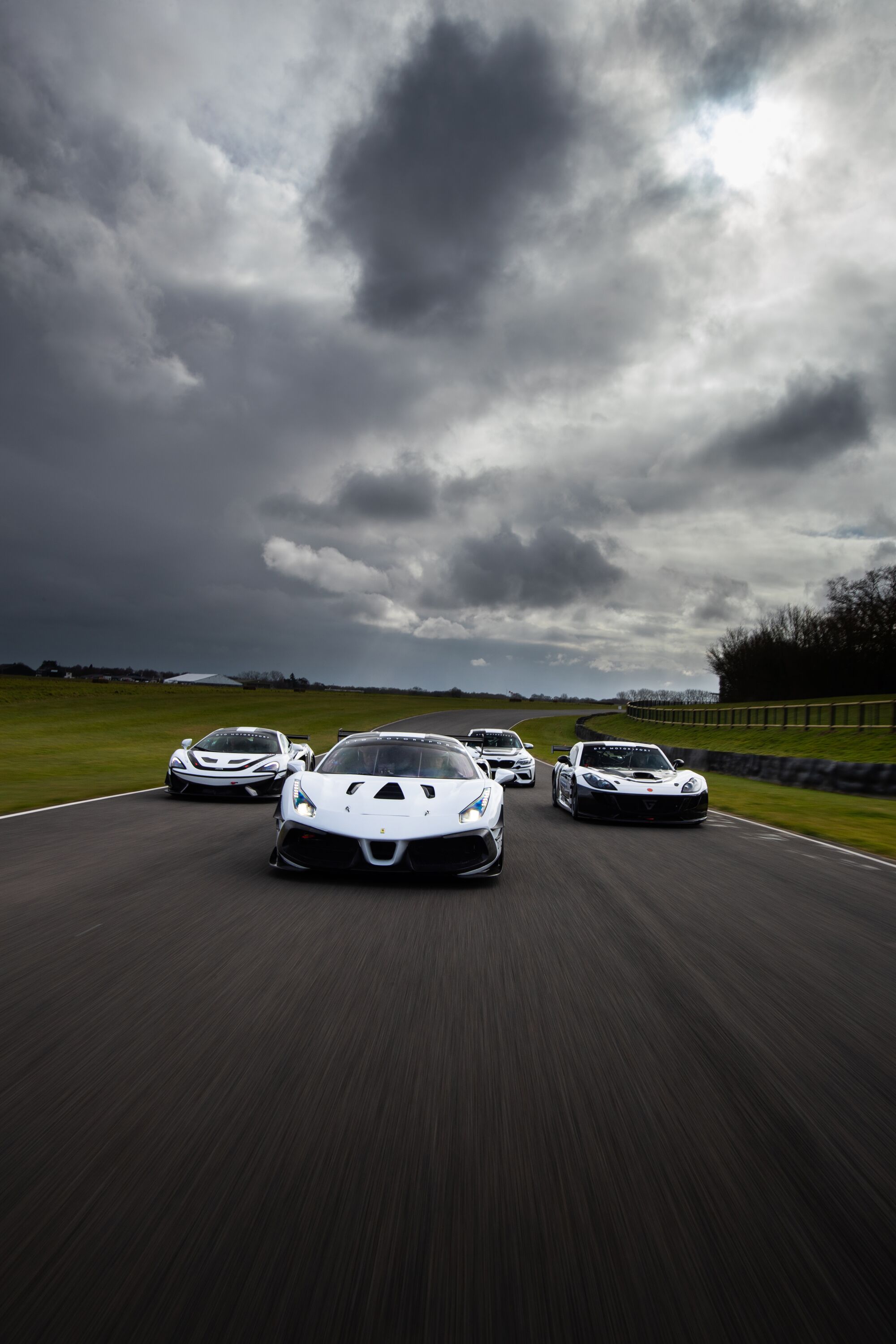Six cars turning 70 in 2022
This week just gone, the UK and indeed much of the world celebrated the platinum jubilee of Queen Elizabeth the Second. That’s an incredible 70 years on the throne, beginning with her coronation in 1953, at just 27 years old. While she was officially coronated in 1953, she’d been head of the British Royal Family for over a year following the death of her father in early 1952.
Of course, we’re here to talk about cars, not royalty, so we thought we’d contextualise that 70-year period that makes the Queen the longest-reigning monarch in car terms. In 1952 the Formula 1 World Championship was just two years old, with that year’s title being taken by Alberto Ascari, the first driver’s champion for fledgling constructor Scuderia Ferrari. Speaking of young, a Mr Nelson Piquet, to-be 1981, 1983 and 1987 F1 world champion, was born in 1952, a few months after Queen Elizabeth took her place as the head of the British Royal Family. Enough light trivia, let's get into the real meat of this piece, as we talk you through a few of our favourite cars that were introduced the year Elizabeth became Queen.

Bentley R-Type Continental
We couldn’t not start with a triumphant British beast, the Bentley R-Type. Of course, our pick of the bunch is the high-performance Continental, arguably one of if not the greatest Bentleys of all time. At the time it was the fastest four-seat car in production, with the streamlined wind tunnel-developed H. J. Mulliner bodywork allowing stable speeds of up to 120mph. It also used an innovative metal-only body construction which was much lighter, also facilitating the high v-max, with low weight meaning reduced stresses on the tyres. Just 207 examples of the incredible Continental were made in its three-year production run, making it a highly desirable machine to collectors today.

Lotus Mark 6
Staying at home we move our attention to Lotus, who in 1952 was introducing its first production car. The Mark 6 was sold as a kit, with the customer allowed to install their preferred engine and gearbox combinations. To facilitate this the Mark 6 came with a number of different mounting points to suit various powertrain options. The Mark 6 is pure Colin Chapman engineering fetishism, with the spaceframe chassis weighing just 25kg, with strength, stiffness and load-bearing prowess in all the right places. Chapman built and sold 100 of these in just three years, with the car proving itself a competitive racer and thus, cementing Chapman and Lotus as the right sports racers to buy into.
Ferrari 250
Over in Italy, buoyed by their first F1 driver’s championship for Alberto Ascari, Ferrari were also readying what would become one of their most iconic lines of cars. While the Colombo V12 engine had been around for a couple of years, it wasn’t until 1952 that it would be swept out to 3.0 litres, for 250CC per cylinder. Yes, in 1952, the Ferrari 250 was born. To begin with it was a Le Mans, Mille Miglia and Carrera racer, and we all know what a legend, both on road and track, the 250 would go on to become. Tour de France, SWB, GTO and LM variants, among others, cemented the Ferrari V12 as an all-time great.

Fiat 8V
It wasn’t just Ferrari that got into its sportscar building stride in the early 1950s, as Fiat joined the fray with the 8V. The name comes from Fiat’s belief at the time that the Ford Motor Company had copyright on the ‘V8’ name. Yes, this delicate little sportscar used a 2.0-litre V8 engine producing up to 127PS (93kW). Crucially also, the 8V would serve as the underpinning for some of the most stunning coachbuilt bodies of the era. Vignale, Zagato and Ghia all had spins on stunning custom bodywork for the 8V, all exemplary Italian beauties.
Alfa Romeo C52 Disco Volante
Rather more imaginatively named than the 8V, is Alfa Romeo’s ‘Disco Volante’, Italian for flying saucer. Originally named the C52, it got its rather catchy nickname thanks to its distinctive looks, the inimitable coachwork of Carrozzeria Touring. This spaceframe sportscar was deisgned from the getgo to race, with aeroydynamics being the driving force behind its Touring clothes. With a 158PS (116kW) 2.0-litre double overhead-cam four-cylinder engine, the Disco Volante was capable of speeds up to 140mph. The Disco Volante was an ongoing experiment for Alfa Romeo, with two of the three 2.0-litre cars being subsequently modified in the pursuit of innovative aerodynamic impriovements.

Mercedes-Benz W194 300 SL
We couldn’t not include the W194 300SL. The car that brought Mercedes-Benz back to contemporary racing post-war, became a winner at Le Mans, the Nürburgring and in the Carrera Panamericana. It’s the latter that Mercedes uses as the name for its current vertical slat AMG grille design, which borrows its look from the W194. Why was this car so succesful? It was a combination of a number of winning factors – a featherweight spaceframe chassis that was as light as it was strong, the diagonal alloy head for the straight-six engine and slippery aerodynamics. Truthfully the W194 was underpowered compared to the competition but Mercedes, knowing this flaw, developed the car to work well with what it had. As we know from the £114million recent sale of one of the two 300 SLRs made, the W194 was only the beginning of the Rudolf Uhlenhaut Gullwing legend.
List
Bentley
R-Type
Continental
Lotus
Mk6
Ferrari
250
Fiat
8V
Alfa Romeo
C52
Disco Volante
Mercedes
W194
300 SL









